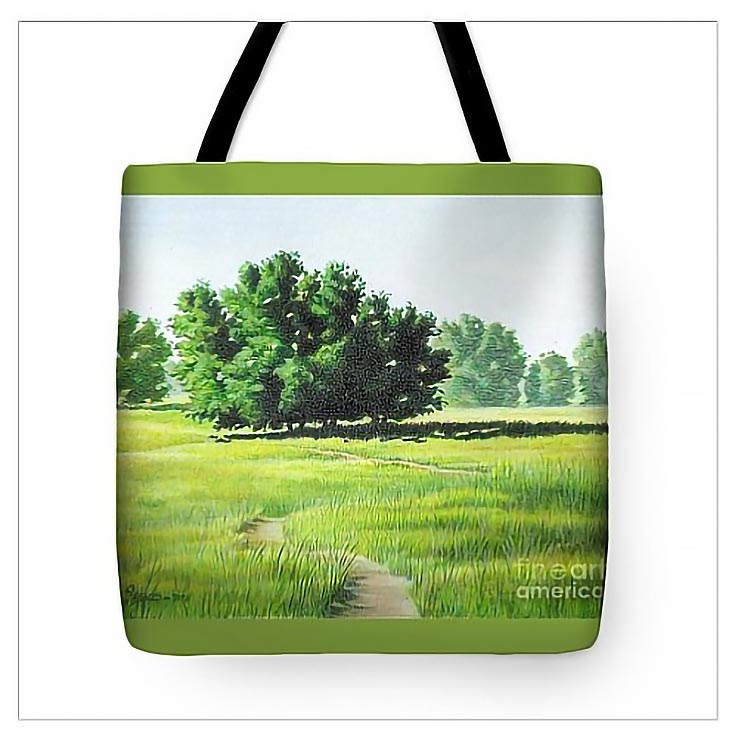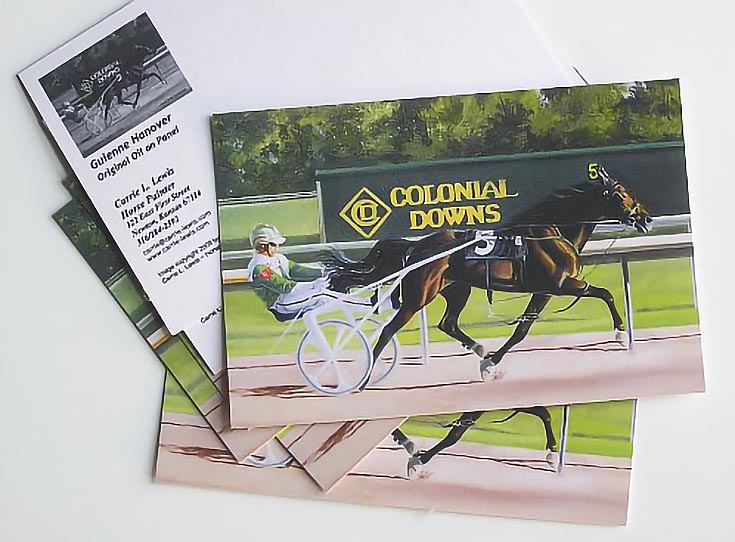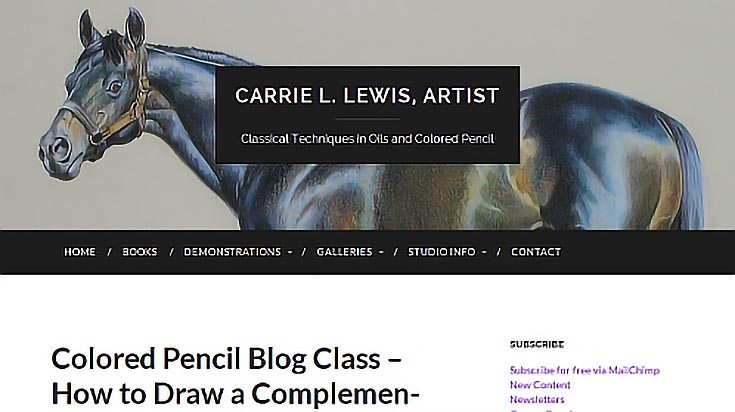Finding the best audience for your art is crucial to developing a marketing plan. After all, if you know the people most likely to be interested in your work, it’s a whole lot easier to decide where (and how) to spend your marketing dollars.
But, while it’s important to market your artwork to those collectors who are a perfect fit for your art, you shouldn’t focus on them exclusively. There’s a whole world of art collectors out there. . . and you can usually reach them just by broadening your horizons a bit.
With that in mind, here are 6 ways to make your art appeal to a wider range of collectors—I’ve done all of them myself, both to improve the bottom line of my art business, AND to add variety to my work and have a little fun:
1. Create miniature art (like ACEOs)
ACEOs are a specialty art form with only one requirement: they must be three and a half inches by two and a half inches. That’s it! You can paint, draw, or make collages as long as the finished artwork is 3-1/2″ x 2-1/2″ (learn more about ACEOs here).
What’s more, the market for ACEOs is generally a pretty good market. Not only do they sell well if well-done, but there’s a good base of collectors who buy nothing but ACEOs. ACEOs don’t take nearly as long to create as larger pieces, and a making a few of them that work together as a series (or even as small parts of a larger work) can be especially lucrative.
2. Draw or paint on a unique surface
Have you tried colored pencil or oils on sand paper? How about drawing on a piece of wood? When you draw or paint on small blocks of wood, you end up with very unique pieces of artwork that stand on their own and require no framing.
Look for other possible painting surfaces that are either unusual or utilitarian. Consider pieces of old metal, re-purposed posters, signs, etc. You may even be able to combine specialty supports with small artwork and cash in on a very niche market where those two categories overlap.
3. Create art products and prints
These days, your art can be on hundreds of items with very little effort. Greeting cards. Mugs. Calendars. T-shirts. Phone covers. Tote bags. If there’s something in your house that has a photograph on it, chances are you could put your artwork on it too.
Best of all, it doesn’t have to cost a lot of money. There are many print-on-demand services out there—just do a Google search for “print-on-demand” and you’ll find dozens. Choose one, upload high-quality images and select the items you want to sell. They’ll do everything from printing to order fulfillment and customer service.
NOTE: Personally, I think calendars are a great way to make the most of your artwork without going to a lot of effort. An attractive calendar of good quality can become a staple item in your end-of-year sales. You may just need to research which print-on-demand companies offer them before choosing one.
And of course, HOW you make your art isn’t the only way to increase your appeal among art collectors. Here are a few ideas from the marketing side of things:
4. Use postcards to increase word-of-mouth
Postcards are a great tool for reaching potential new customers and they practically work for free. Whenever I finish a painting I really like, I print postcards with that image on the front. On the back, I include information about the image, and my contact information. I keep half of the post cards and use them like business cards.
The other half goes to the client who purchased the painting. I encourage clients to use the postcards however they wish. Imagine a happy client with top-quality postcards, handing them out to every person they know who has an interest in buying artwork. . . your artwork.
Happy clients are the best advertising you have, bar none. So why not provide them with something that they’ll be happy to share with others?
5. Put up a website or blog
Even a well-designed, small website is better than none. It’s available 24/7/365, no matter what you’re doing. Visitors can view your work and learn about you any time of day or night and in every part of the world with internet access.
You don’t have to spend a lot of money on this, either. My blog is self-hosted (which means I do pay for a hosting service and all the rest) but you can start a blog in just a few minutes at sites like WordPress.org at no charge.
EmptyEasel also has great deals on websites for artists, so make sure to check them out. And, just because you use a blog template, that doesn’t mean you have to blog. Set up an About Me page, a page or two of information about your work, and a page of gallery images and you’re set.
6. Start a free email list
Take a look at the top of this website. If you’re on a laptop or tablet, you should see the link up in the right-hand corner that says “get the newsletter.” Click on that and you’ll land on EmptyEasel’s subscription sign up form. If you sign up, you’ll start receiving EmptyEasel’s weekly newsletter. For free. How cool is that?
What does that have to do with reaching new art collectors?
Anyone who trusts you enough to give you their email address wants to hear from you. And people who want to hear from you are around ten times more likely to buy your artwork than any other group of people—the only group more likely to buy are your previous customers.
Email subscribers are more likely to buy than your followers on Twitter. They’re more likely to buy than your Facebook friends. They’re more likely to buy than your Pinterest followers or LinkedIn connections. The difference isn’t small, either. We’re talking a 10% conversion rate for email subscribers versus 1% or less for all those other places.
Yes, it takes time to build an email mailing list, but that’s why having a permanent online presence—AKA, a website of your own, not just a social media page—is so important. Add a link like what EmptyEasel has and readers can become subscribers at the click of a mouse.
The best part is that if you use an email provider like MailChimp you can have up to 2,000 subscribers before you have to pay MailChimp a dime. (More reasons why artists should use MailChimp here.)
Just don’t use your personal email to send out manual newsletters. That’s a major no-no, and possibly a topic for another day.
I know all of this sounds like a lot of work and it is. It takes time away from painting. For most of us, that’s not a welcome thought.
But if you’re painting for more than enjoyment, you should probably devote a significant amount of time to marketing. These 6 methods are a great way to do it, and in the grand scheme of things, if you want to sell your art. . . can you really afford NOT to?
This post may contain affiliate links.



